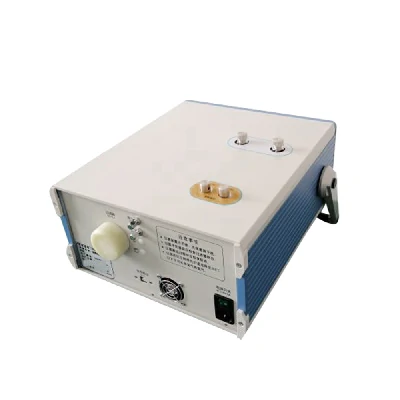Dissolved gas analyzers are used to detect and quantify gases dissolved in liquids, such as transformer oils, insulating fluids, and other industrial fluids. When dealing with air-sensitive compounds, special precautions and techniques are necessary to ensure accurate and reliable measurements with the dissolved gas analyzer.
Here’s how dissolved gas analyzers handle air-sensitive compounds:
- Sample Handling: Air-sensitive compounds are often prone to oxidation or degradation when exposed to air. Therefore, it’s essential to handle samples in an inert atmosphere or under vacuum to minimize exposure to oxygen and moisture. Samples should be transferred to the dissolved gas analyzer using sealed or purged systems to prevent contamination.
- Instrument Design: Dissolved gas analyzers designed for handling air-sensitive compounds often feature sealed sample pathways and inert gas purging systems to maintain an oxygen-free environment during analysis. These instruments are equipped with components such as sample chambers, valves, and tubing made from inert materials to minimize the risk of sample oxidation.
- Inert Gas Purging: Before and during analysis, the sample is typically purged with an inert gas, such as nitrogen or argon, to remove any dissolved gases and create an oxygen-free environment. Inert gas purging helps prevent oxidation of air-sensitive compounds and ensures accurate measurements of dissolved gases.
- Sample Sealing: Samples containing air-sensitive compounds are often sealed in airtight containers or vials to prevent exposure to air during storage and transport. Specialized sample handling techniques, such as using septum-sealed vials or gas-tight syringes, dissolved gas analyzer may be employed to maintain sample integrity.
- Analysis Conditions: Dissolved gas analyzers can be operated under controlled conditions, such as temperature and pressure, to minimize the risk of sample oxidation or outgassing during analysis. Analytical methods may also be optimized to reduce analysis time and minimize exposure to air-sensitive compounds.
- Calibration and Validation: Regular calibration and validation of the dissolved gas analyzer are essential to ensure accurate and reliable measurements, especially when analyzing air-sensitive compounds. Calibration standards and validation protocols should account for the specific properties and characteristics of the compounds being analyzed.
By implementing these precautions and techniques, dissolved gas analyzers can effectively handle air-sensitive compounds and provide accurate measurements of dissolved gases in liquids without compromising sample integrity or analytical results. Proper sample handling, instrument design, and analysis conditions are critical for ensuring the reliability and reproducibility of measurements in the presence of air-sensitive compounds.
